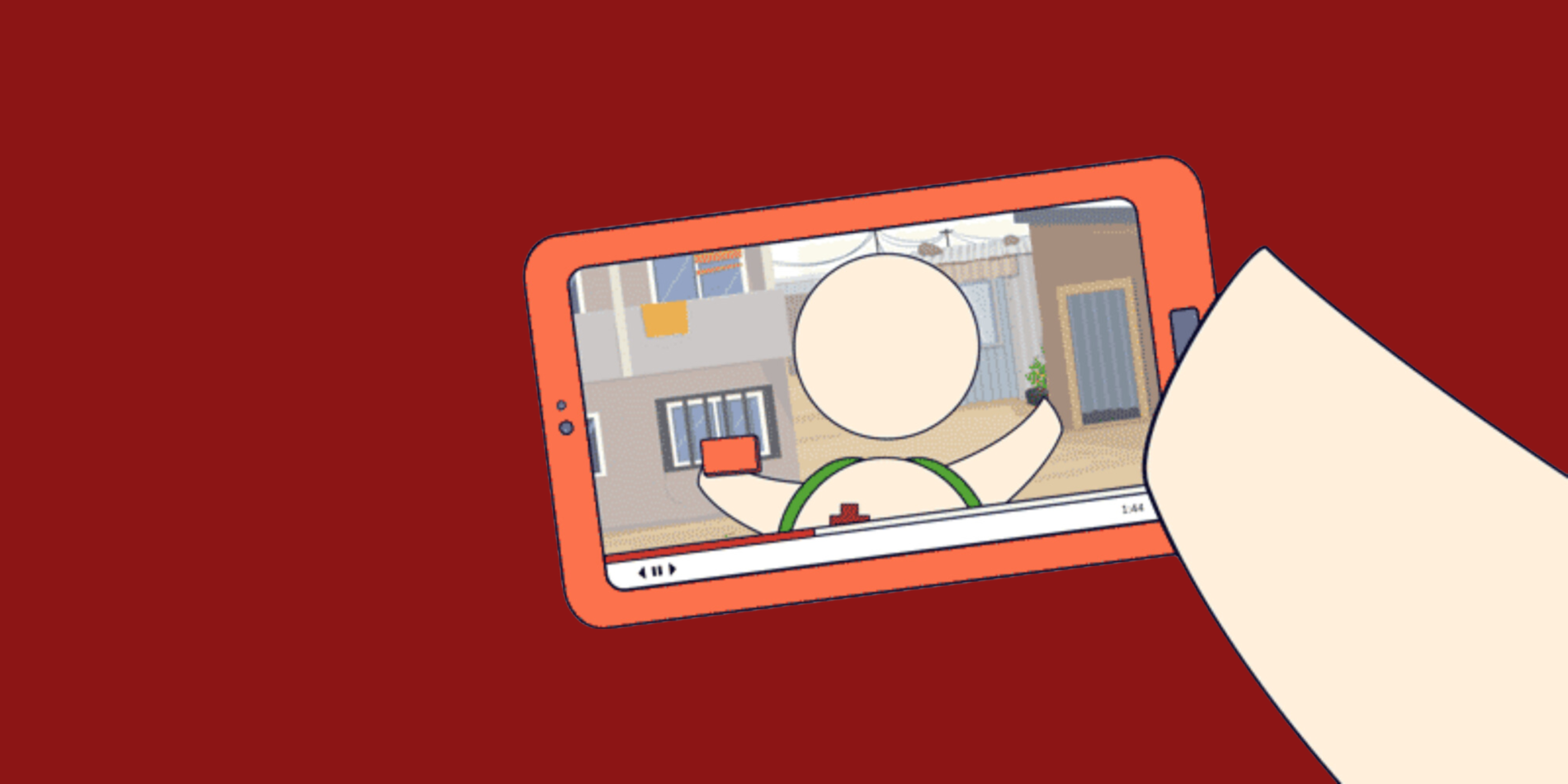Open-Access Course on Childhood Illness Equips Community Health Workers to Save More Lives
When a community health worker (CHW) walks into a family’s home to evaluate a sick child, they must be prepared.
The child might display signs of a mild illness that is treatable at home, a moderate illness that requires continued monitoring, or a severe illness that requires referral to the nearest health facility.
Caring for Sick Children in the Community is a digital, open-access training that can help CHWs identify the early signs of common childhood illnesses and take action to prevent serious illness progression and death. This self-paced course supports CHWs in working with families to achieve their shared goal of keeping children healthy.
Course trailer
Why is digital training on common childhood illnesses needed?
We developed the Caring for Sick Children in the Community course in collaboration with Lwala Community Alliance, One to One Africa, and Philani Maternal, Child Health and Nutrition Trust, community-based groups that employ CHWs in Kenya and South Africa. In the areas they serve, too many children are suffering from illnesses that can often be treated or prevented. This issue is widespread — according to UNICEF, pneumonia, diarrhea, and malaria were responsible for approximately 30% of global deaths among children under age five in 2019.
Lwala, One to One, and Philani all expressed a need for digital resources to complement their in-person CHW training sessions and provide additional guidance on key topics. We worked with collaborators from these organizations and an advisory group of CHWs to assess their needs and co-develop the curriculum to ensure the content we created was relevant, actionable, and reflective of CHWs’ realities.
“In the rural Eastern Cape, we have diarrhea, pneumonia, and malnutrition being the leading causes of child deaths in the Province,” says Dr. Emma Chademana, Head of Programmes at One to One in South Africa, during a virtual discussion in late 2023. “If identified early, malnutrition can be effectively managed, with children being rehabilitated. CHWs are the first point of contact for many of these children, providing prevention, treatment, and care.”
The complete course: Six modules on malnutrition, diarrhea, HIV, and more
Caring for Sick Children in the Community consists of videos, job aids, and exercises that introduce the role of CHWs in caring for sick children followed by six modules on:
The course content is aligned with best practices outlined by the Ministries of Health of Kenya and South Africa, as well as the World Health Organization (WHO), UNICEF, and integrated community case management (ICCM) guidelines.
Like all Digital Medic content, our learning design team created this course to reflect the specific needs of our collaborators’ communities while balancing opportunities for scale to other contexts.
For example, animated characters Sarah and John serve as narrators throughout the modules, delivering evidence-based information on signs, symptoms, and care plans for common childhood conditions. They also demonstrate key skills like counting breaths to identify fast breathing and effective communication with caregivers. Using animated videos with voice-over makes it easier to update the content if there is a new WHO recommendation or if there is a need to translate the content into a new language.
Available online or offline, all course materials can be viewed, shared, and downloaded through the Digital Medic website and Digital Medic mobile app. All videos are also available on YouTube. These resources are open-access and platform-agnostic, free for anyone to use through their preferred device or learning platform.
Video: How to identify chest indrawing

Accessible training to support health workers and improve health outcomes
The course offers engaging, evidence-based, and actionable health information to enhance the knowledge, skills, and confidence of CHWs when caring for sick children, with the ultimate goal of improving child health outcomes. CHWs can use the materials while they’re seeing patients or as a refresher when they need to review a care topic outside of in-person training sessions.
“If you go through the Digital Medic app, the course can take me one hour and thirty minutes, and in a refresher training, it can take us a whole week,” a CHW shared in a focus group discussion.
After moving through the course, CHWs report feeling more confident in providing the appropriate care when they are in the field.
“We are seeing this as a great opportunity. I don’t think we will go back to doing the training the way we had done them before, because the outcomes are great. The post-test was much better this time around, and the CHWs are excited with the content,” says Hellen Gwaro, Director of Programs at Lwala Community Alliance in Kenya.
Lwala, One to One, and Philani continue to roll out the course with their CHWs with support from Digital Medic. Together we are examining learner engagement and the pre/post impact on CHWs’ knowledge, attitudes, and practices.
The next step is to examine the impact of this curriculum on health outcomes. “We are thinking creatively about how to leverage the data that’s already being collected by CHWs to be able to understand the health benefits,” says Dr. Victoria Ward, Medical Director at Digital Medic, who was heavily involved in the course’s creation.
Explore the complete course with training videos, job aids, and more.
Hear more from Dr. Emma Chademana, Dr. Victoria Ward, and Hellen Gwaro in a recorded discussion in November 2023 on how digital learning complements in-person training for CHWs.
Quotes have been slightly edited and shortened for clarity.




